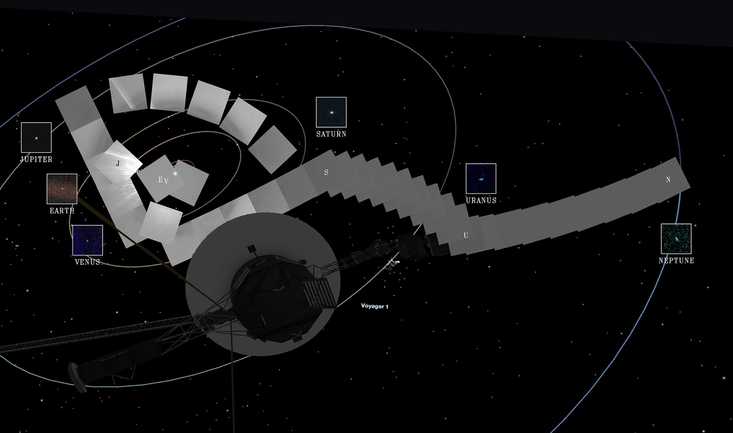Experts Want To Figure Out What The Heck This 20-Foot ‘Dragon’ Really Was
It has some truly terrifying features seen in a variety of other species. Takuya Konishi
Takuya Konishi
News that is entertaining to read
Subscribe for free to get more stories like this directly to your inboxWe don’t know where stories about ferocious dragons originated, but a deep ocean dive reveals some tremendous specimens that seem to share some of the same terrifying characteristics. And now there’s evidence of a prehistoric creature that Japanese scientists don’t have any other way to describe except for its nickname: “blue dragon.”
A truly massive beast
Experts say the almost complete skeleton originally unearthed in 2006 likely dates back about 72 million years and probably came from one of the most ferocious ocean-dwelling animals to ever exist.
And its enormous size (about as big as a bus) isn’t the only reason this ancient animal defies a simple classification. According to paleontologists, the Wakayama blue dragon:
- Lived in the ocean but breathed oxygen
- Had warm blood but wasn’t a mammal
- Moved around with paddle-like limbs
- Directed its path with a rudder-like tail
Furthermore, its head resembled that of a crocodile, but experts are pretty sure it wasn’t a distant relative of that modern-day animal.
So what was it?
So far, it’s just an educated guess, but paleontologists are operating under the hypothesis that this animal belonged to a class of sea-dwelling lizards that went extinct long ago.
Mosasaurs, as they’re known, were believed to have grown up to lengths exceeding 55 feet and had a devastatingly powerful jaw combined with razor-sharp teeth to devour just about anything they encountered — including other mosasaurs.
The University of Cincinnati’s Takuya Konishi admitted that, even after years of studying the fossil, there’s no real way to determine exactly what the blue dragon was or how it behaved.
“We lack any modern analog that has this kind of body morphology — from fish to penguins to sea turtles,” the paleontologist said. “None has four large flippers they use in conjunction with a tail fin.”
 Why Is The Aging Voyager 1 Probe Sending Back Incoherent Communications?
It's been speaking gibberish for a few months and officials are concerned.
Why Is The Aging Voyager 1 Probe Sending Back Incoherent Communications?
It's been speaking gibberish for a few months and officials are concerned. One Woman’s Massive Donation Is Wiping Out Tuition At This Medical School
Her inheritance came with the instruction to do "whatever you think is right."
One Woman’s Massive Donation Is Wiping Out Tuition At This Medical School
Her inheritance came with the instruction to do "whatever you think is right." Woman’s Pets Will Inherit Her Multimillion-Dollar Fortune, Not Her Kids
It's not the first time four-legged heirs were named in a will.
Woman’s Pets Will Inherit Her Multimillion-Dollar Fortune, Not Her Kids
It's not the first time four-legged heirs were named in a will.